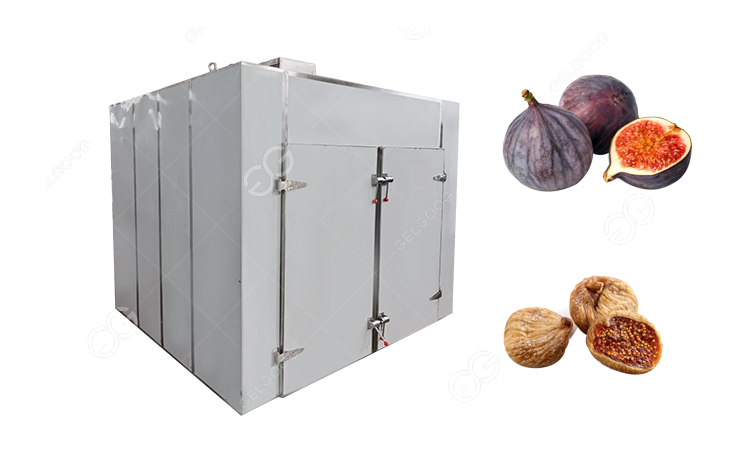Dry figs, a delicious and nutritious snack, have been enjoyed by people for centuries. The process of making dry figs has evolved over time, and modern factories have adopted fully automated equipment to streamline production. In this article, we will take a closer look at the intricate dry fig making process.
Harvesting the figs
The dry fig-making process begins with the careful selection of ripe figs. Figs are typically grown in orchards, and the timing of the harvest is crucial to ensure the best quality product. Fully automated machinery equipped with advanced sensors and robotics is employed to pick the ripe figs with precision. This technology ensures that only the best-quality fruits are chosen, minimizing waste and maximizing the yield.
Washing and cleaning
After harvesting, the figs are transported to the factory, where they go through a thorough washing and cleaning process. Automated washing machines remove any dirt, debris, and impurities from the figs. This step is essential to maintain the purity and hygiene of the final product.
Drying
The most critical phase of fig production is the drying process. Traditional sun-drying methods are still used in some regions, but fully automated factories have turned to more efficient and controlled methods. These facilities use large drying machines with precise temperature and humidity controls to ensure uniform drying. Figs are evenly distributed on trays or conveyor belts, and hot air circulates to remove moisture. This process takes several hours, during which the figs lose water and develop their characteristic chewy texture.
Sorting and grading
Once the figs are completely dried, automated sorting and grading machines come into play. These machines use advanced image recognition technology to identify and categorize figs based on size, color, and quality. Inferior or damaged figs are removed, leaving only the best for further processing. This step ensures that the final product is uniform and of high quality.
Packaging
After sorting and grading, the dried figs are ready for packaging. Fully automated packaging lines use high-speed machines to fill containers, seal them, and apply labels. The packaging materials are carefully chosen to maintain the freshness and protect the figs from external factors. Labels often contain important information about the product, including nutritional facts and expiration dates.
Quality control
Throughout the production process, quality control remains a top priority. Automated systems continually monitor and adjust the production parameters to maintain the quality and consistency of the dried figs. Any deviations or issues are quickly identified and addressed to ensure that the final product meets the highest standards.
The production of dried figs in automated factories showcases the marriage of tradition and modern technology. These facilities prioritize efficiency, quality, and hygiene while preserving the delicious and nutritious qualities of this beloved snack. With advanced equipment handling every step, consumers can trust that the dry figs they enjoy are not only delicious but also produced with the utmost care and precision.
